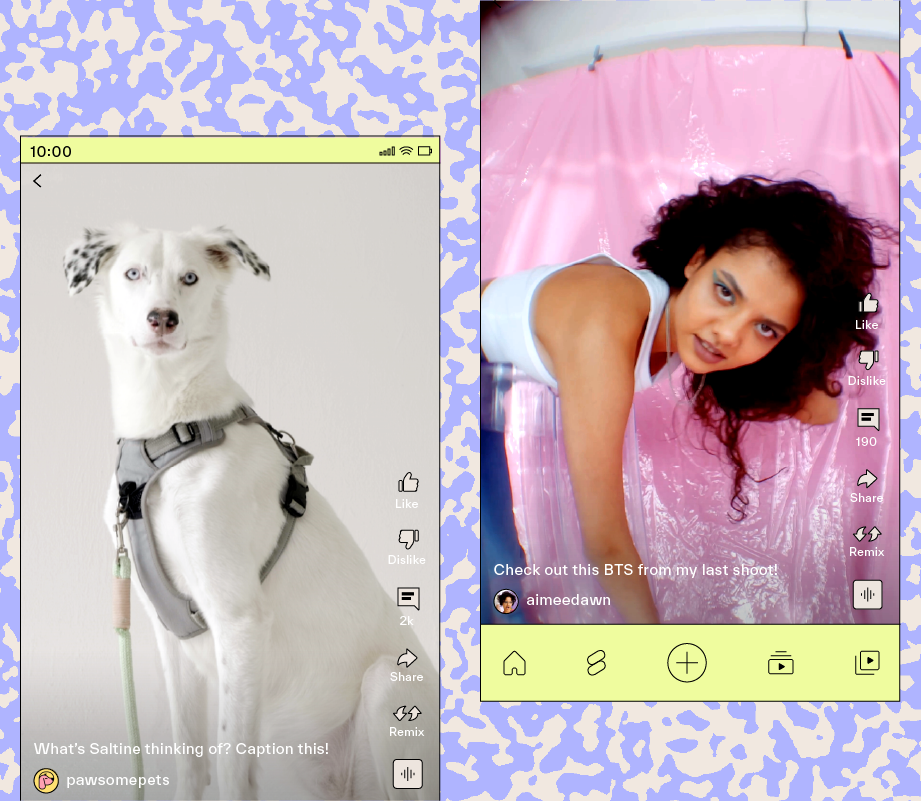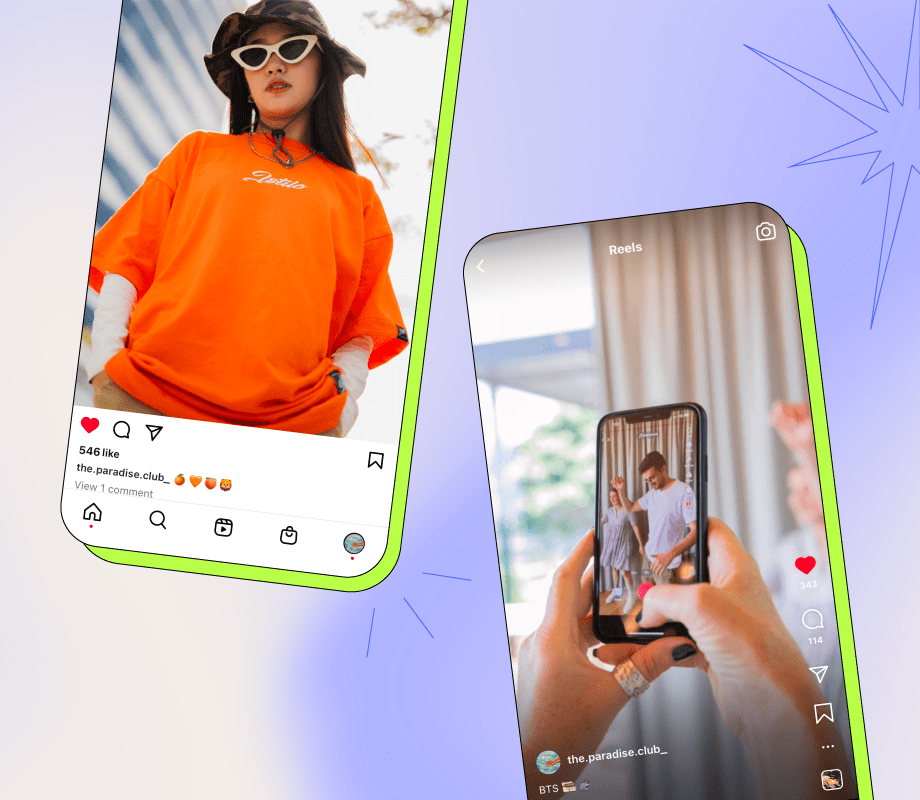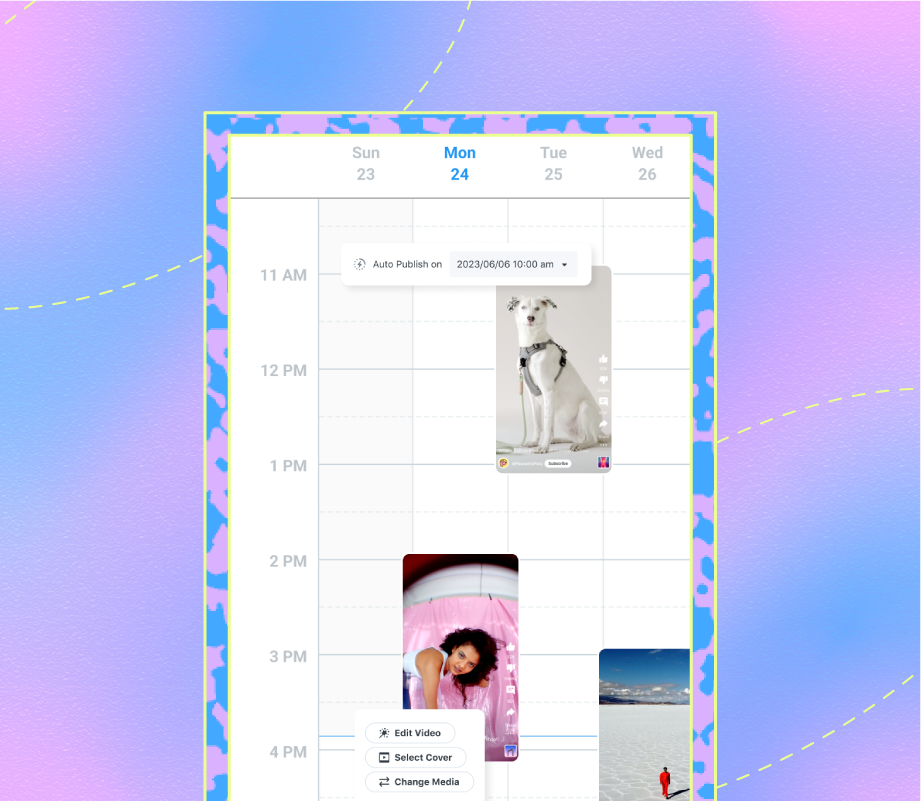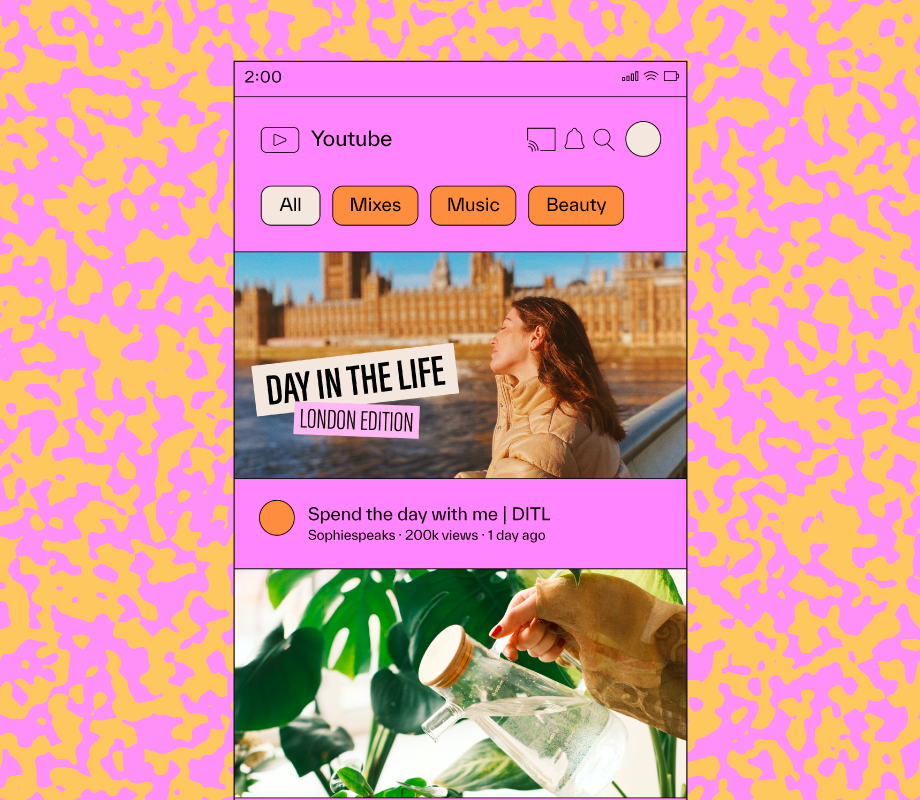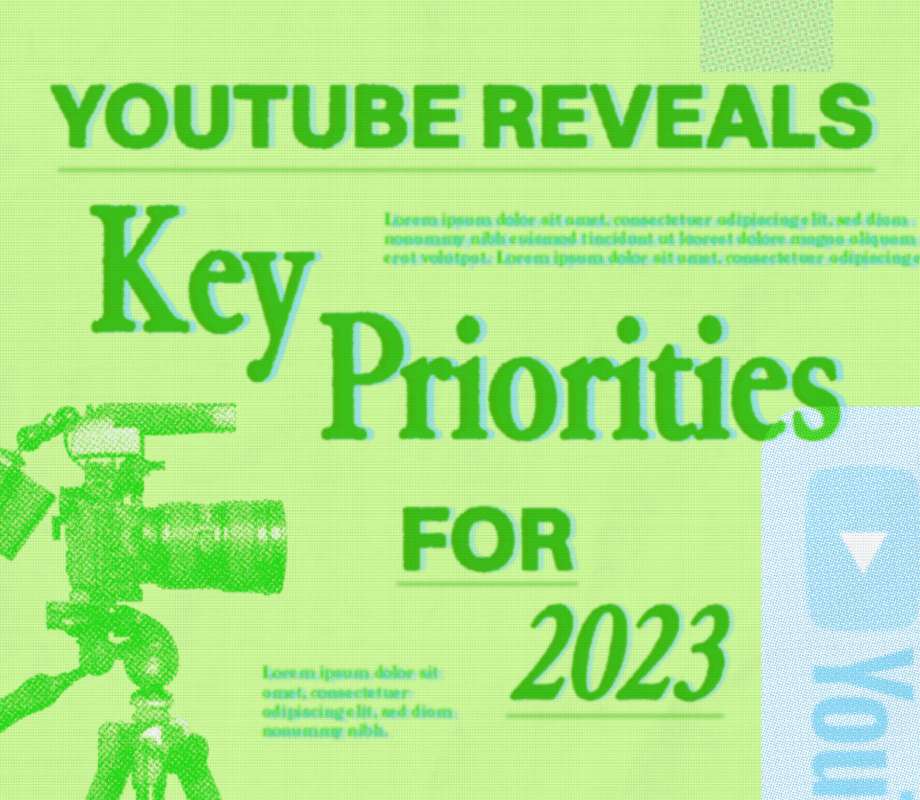Video Marketing Strategy for Social Media
32 Articles
Plan and schedule all your social posts in one place with Later
Plan and schedule all your social posts in one place with Later
Video Marketing Strategy for Social Media
Want to keep learning? Checkout The Ultimate Guide to Social Selling
